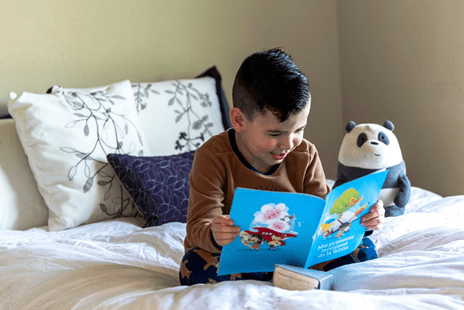3 Easiest Ways to Teach Sight Words to Kindergarten Students

However, not all methods of teaching sight words are the same. So which one is best for you?
You might want to use a five-minute drill every day, or you may prefer to have your child learn them as part of a story. The choice is up to you!
3 Easiest Ways to Teach Sight Words to Kindergarten Students
If you have a child in kindergarten who is just starting to learn sight words, then there are three easy ways to teach them the most important words.
One way is to dedicate five minutes of each day to you read five sight words to your child. This is a great way to maintain their interest and keep them practicing throughout the day. Another option could be to teach them as part of a story. For example, you could use Dr. Seuss’ books or any other picture books that contain rhyming sentences. This way they can learn the wording and spelling of a word at the same time. You may also want to take some time each day to read with your kids and point out new sight words as you go along. This will help them to remember what they've learned and keep their interest in reading high!
Teach them as part of a story
One way to teach sight words is by using them in a story. This helps kids learn the words naturally, because they are woven into the text and not just presented as flash cards. You might want to read your child’s favorite book and stop when you come across a word that needs to be taught.
For example, if I were reading The Cat in the Hat with my child, and we came across the word “hat”, I would stop reading the story for a second and ask my child what the word means. If they can’t answer, I would go back and tell them that it means something a person wears on their head because they don’t have hair like me.
Then I would point out where in the story we found this word so they can remember it easier next time.
Reviewing Sight Words and Introducing New Ones
Let’s start by reviewing sight words. One of the easiest ways to teach kindergarten students sight words is to read a list of them aloud and have them repeat after you.
An example would be:
I, love, my, do not, like, to, go, up
Practice Sight Words with Context Clues
One of the easiest ways to teach sight words is to give students context clues. Context clues are those bits of information that help you understand the meaning of a word without having to sound it out. It’s like filling in the missing pieces of a puzzle. If a word looks like “dirt,” you can guess that it means something in the ground (like soil).
Context clues are also helpful because they get your child thinking about how words work together. If you can use context clues to determine what a word means when they see it, then they can find meaning in sentences too!
In order to practice sight words with context clues, let your child know that the goal is to figure out what the word on the card stands for. They might say something like “I think this is an ____ because I see ___ near it.” Then have them fill in the blanks with their best guess as to what the word could stand for. Examples would be “I think this is an apple because I see apples near it,” or “I think this is a book because I see books near it.”
Conclusion
Sight words are a vital part of language development and literacy in general. When done successfully, they can help the children to read more fluently, improve their comprehension, and build a stronger vocabulary.
The best way to teach sight words to kindergarten students is to make the lesson a game. Three easy ways to do this include teaching them as part of a story, reviewing sight words and introducing new ones, and practicing sight words with context clues.
Start Teaching Reading for Free Now!
Access Level 1’s four interactive stories and the accompanying supplemental resources to teach elementary students how to read. No credit card is needed. Join the 42,635 teachers and students using our reading program.
